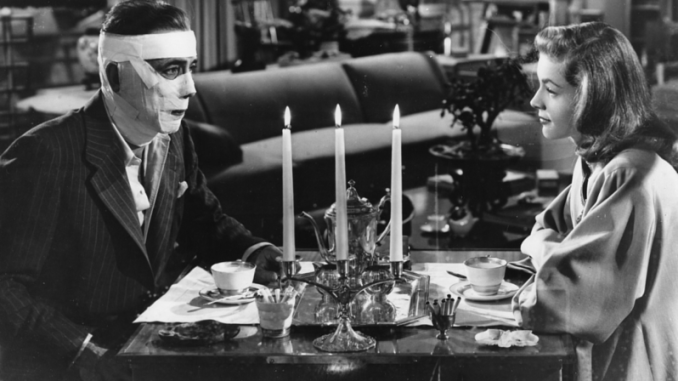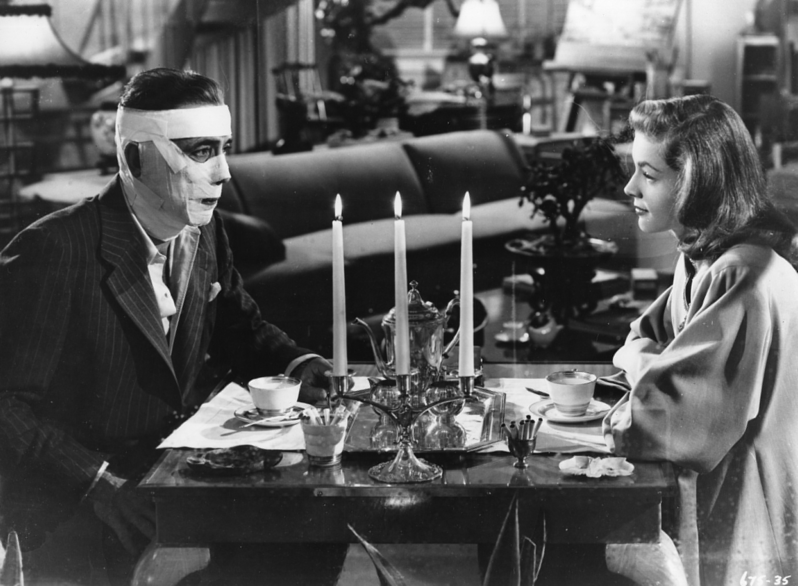
DARK PASSAGE (1947, dir. Delmer Daves)
Some film fans are surprised when reminded that over the course of their much-publicized 11-year marriage, Humphrey Bogart and Lauren Bacall made only four films together: To Have and Have Not (1944), The Big Sleep (1946), Dark Passage (1947), and Key Largo (1948). Other than to die-hard fans of the famous couple, Dark Passage is the least known.

For those who relish film settings so rich in their sense of place, so redolent of the unique atmosphere of their locales, that they seem a central character in the piece, Dark Passage—like the Joan Crawford suspenser Sudden Fear (1952) and Hitchcock’s Vertigo (1958)—is a highly enjoyable immersion in San Francisco. Writer-director Delmer Daves, working from David Goodis’s novel, exploits its picturesque post-War streets, its capricious weather and moody fogs, and the stunning panoramas from the hills to provide sensuous context for the film’s rather outlandish plot.
Sidney Hickox’s crisp black and white cinematography heightens the noir elements and includes some interesting point-of-view and montage sequences, the most engaging of which is that the camera-eye view for the first third of the film is from the perspective of the protagonist, Vincent Parry (Bogart), a cruelly wronged man who escapes from San Quentin prison and is befriended by young artist Irene Jansen (Bacall) who harbors him in her bohemianly stylish apartment. Her generous concern for him stems from the fact that her father, too, was wrongly jailed. The subjective camera in the opening scenes—a technique which Hitchcock and others had tested sparingly for several years and which Robert Montgomery also more fully employed in 1947, directing and starring as Philip Marlowe in Lady in the Lake—puts the viewer in the place of the fugitive; later, as the inevitable love story between Vincent and Irene develops the camera perspective becomes more conventional to take in the raveling of the backstory and corollary subplots.
Another dimension of Dark Passage that shores up viewer involvement even when the storyline feels farfetched or overstretched is the uniformly superb supporting cast. There are vivid performances by Agnes Moorehead as a meddlesome shrew, Houseley Stevenson as an extremely shady plastic surgeon, Clifton Young as a hapless petty crook, and Tom D’Andrea as a philosophical cabby. Moorehead and Stevenson, especially, give their characters an almost operatic intensity, finely etched and electric, that nonetheless manages also to imbue them—and the texture of the film—with a wonderfully gritty noir realism.
by Hadley Hury

Leave a Reply